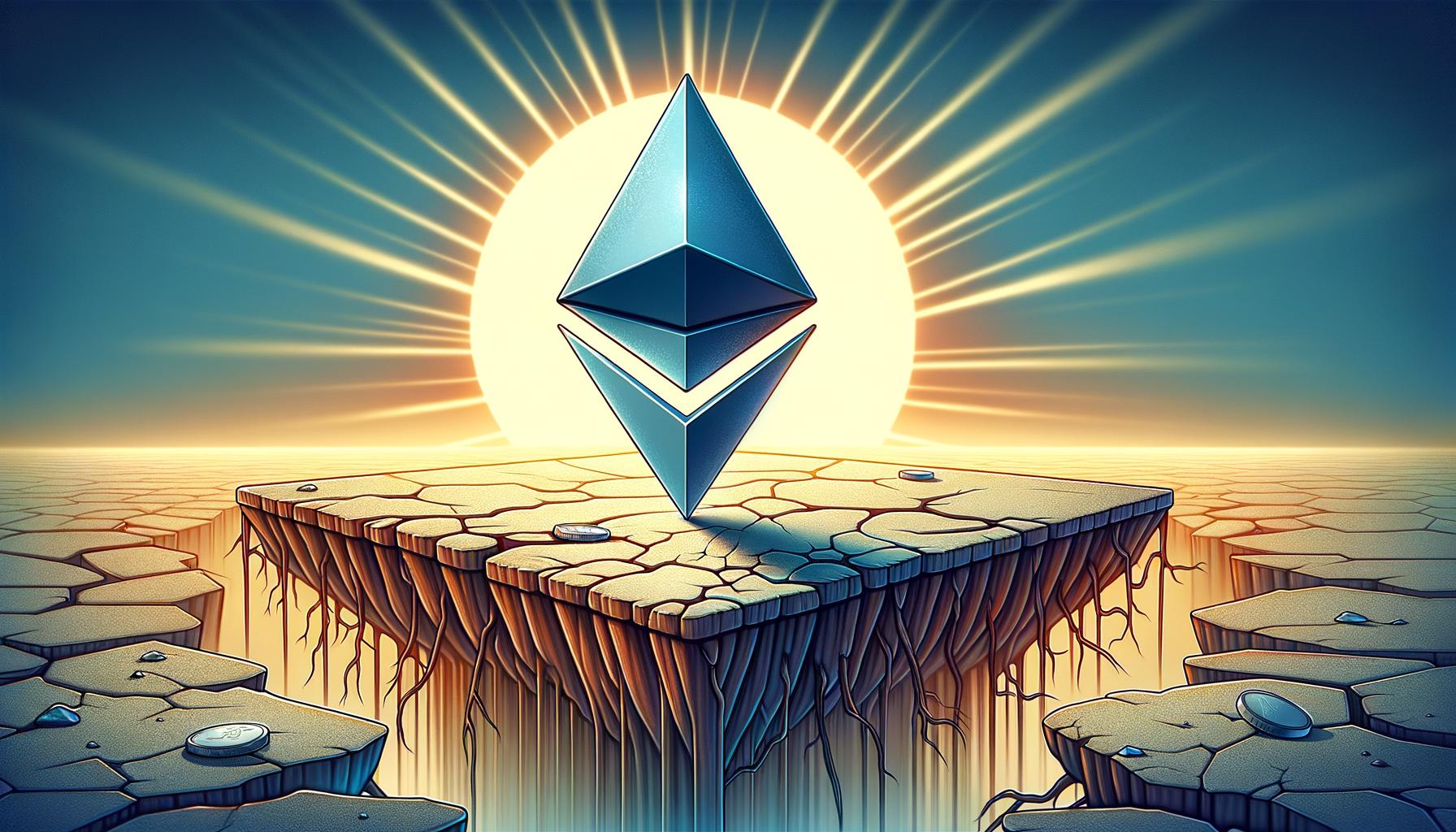What is Solar and what does it solve?
Solar is an enterprise-level blockchain ecosystem powered by open-source developers and community participation. The Solar Network is powered by Solar Core, a safe and secure layer-1 blockchain framework. Solar utilises the Delegated Proof of Stake consensus model, also known as DPoS. The Solar blockchain has its own native coin named SXP and is fast, modular, sustainable, efficient and fully decentralised. The Solar blockchain does not have the known issues and vulnerabilities from traditional Proof of Work (PoW) blockchains, such as being energy intensive, the risk of 51% attack or other PoW-centred attack vectors. Solar Core utilises BIP340 Schnorr for signatures and with the upcoming release of Solar Core 5.0, Byzantine Fault Tolerance and Boneh-Lynn-Schacham signatures will be introduced. Solar Core also provides a more robust block production routine to minimise the likelihood of node failures and therefore creates a more stable and operational blockchain.
Token Overview
- Token name: Solar Network
- Token symbol:SXP/USDT
- Total supply: 590,214,604 SXP
What are the strengths of Solar?
The Solar Blockchain introduces a unique transaction type referred to as “burn transaction”. This transaction type empowers anyone to burn SXP coins directly from their Solar Wallet, without requiring any technical expertise. However, this feature is not available in the current Solar Wallet. Once released, it will come with strong warnings and a prominent security disclaimer within the wallet interface. Many Solar-associated products and features such as token creation, the metaverse, and launchpad, will integrate these burning transactions. In addition to this, the Solar Blockchain incorporates an automatic burn mechanism that eradicates 90% of the fees from each transaction. This feature was activated in early 2022, contributing to a continuous reduction of the circulating supply. While the Solar Blockchain incorporates multiple burning features, it is essential to note that all are integrated by third-party entities. The Solar Blockchain Foundation neither endorses nor promotes any of these burning activities, adhering strictly to the necessary regulatory compliance.
What does the ecosystem of Solar Network include?
- Wallet: The primary tool for direct interaction with the Solar blockchain is the Solar Wallet. Initially, these wallets, which have been forked from the ARK repositories, provide fundamental functionalities such as sending and receiving SXP coins and voting for block producers on the Solar blockchain.
- Solar scan: Solarscan is the latest addition to the Solar ecosystem. It is a cutting-edge block explorer, meticulously designed to integrate flawlessly with the upcoming Solar Core 5.0. This modern explorer enables users to conveniently track transactions, stay updated on the latest blocks and monitor network health in real time. As Solar Core 5.0 evolves, Solarscan will parallel its progress, continuously updating its features to provide you with the newest advancements.
- Solar Enterprises: Solar Enterprises, as a dedicated and independent entity, thrives on the advancement of the Solar ecosystem. The product line-up that Solar Enterprises brings to the table is both innovative and expansive, fostering vibrant dynamics within the ecosystem. The portfolio includes the Solar mobile wallet,Solar Card, District 53, tymt, BrighterVPN and moon.store.
Solar Official Media
About Coinstore
Accessibility. Security. Equity.
As a leading global platform for cryptocurrency and blockchain technology, Coinstore seeks to build an ecosystem that grants everyone access to digital assets and blockchain technology. With over 7 million users worldwide, Coinstore aims to become the preferred cryptocurrency trading platform and digital service provider worldwide.
Coinstore Social Media
Twitter | Discord | Facebook | Instagram | Youtube |
Telegram Discussion | Telegram Announcement









